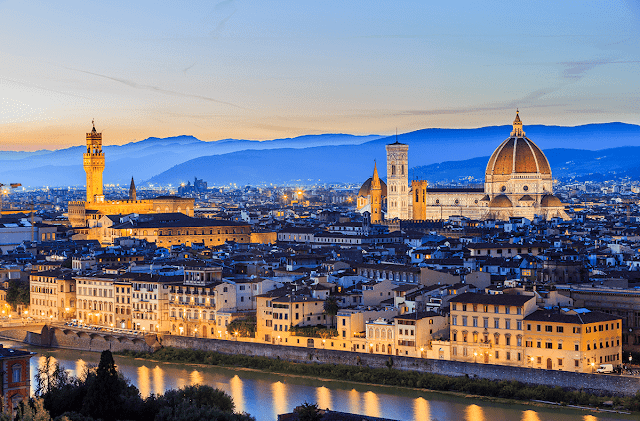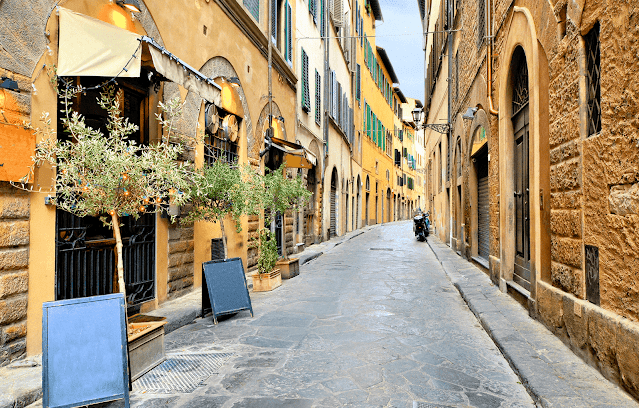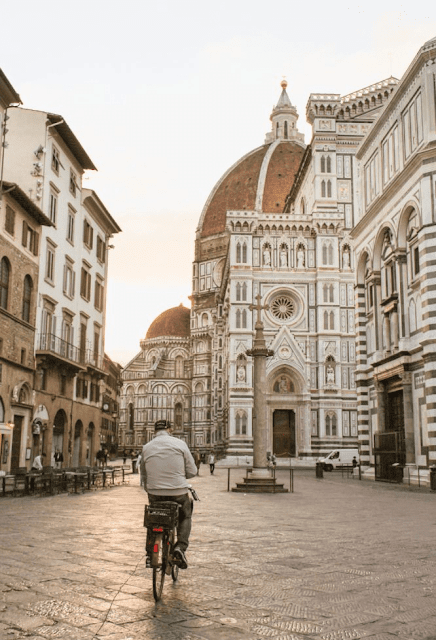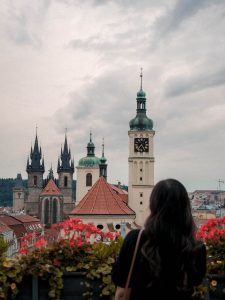As of Monday, all of Italy is in a moderate-COVID-19-risk yellow zone, with the exception of Valle d’Aosta, which was still in a medium-high risk orange zone due to improved contagion results.
At the weekend, Italians took advantage of the newfound independence provided by the lifting of the coronavirus ban by flocking to beaches, city centers, and restaurants.
On Sunday, 72 people died in Italy as a result of COVID-19, the lowest number so far this year.
A third of the Italian population has received at least one injection of the COVID-19 vaccine, with over 10.1 million people fully vaccinated.
In Italy’s color-coded scheme of Covid controls, yellow is the second-lowest category, ranging from red (highest risk) to white (lowest risk) (lowest risk).
It entails a huge increase in rights, but certain primary controls remain in effect – at least for the time being.
Now that the whole country has turned pink, it is once again possible to fly freely between all of Italy‘s regions.
Yellow areas are also subject to a nighttime curfew that runs from 11 p.m. to 5 a.m.
If you are walking on the streets between these hours, you could be intercepted by police and asked to fill out a “self-declaration form” to explain your actions (find a guide to filling it out here). People who may not have a legitimate explanation should be fined.
However, the curfew is being phased out, and it will be fully gone by next month. It has now been moved back an hour, and on June 7th, it will be extended until midnight before being scrapped.





